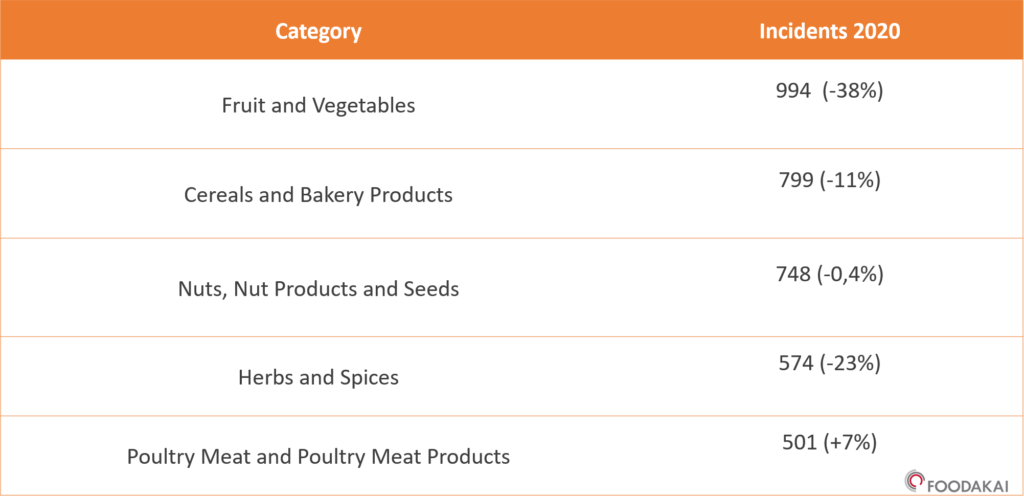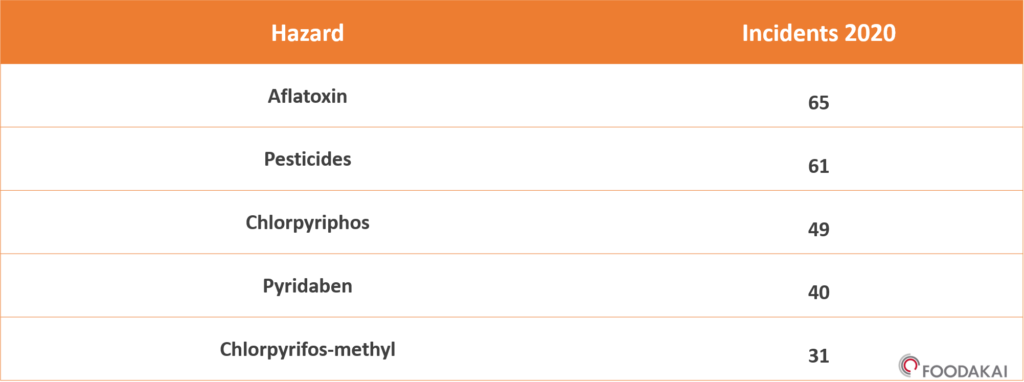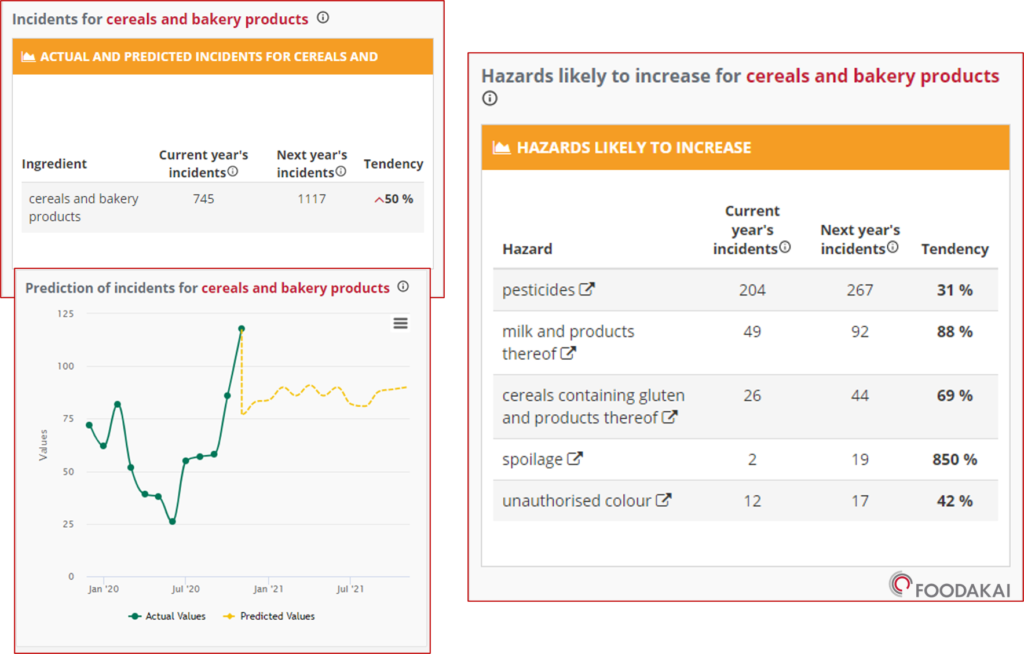Undoubtedly, 2020 was a year that made all of us struggle and wonder about our priorities, our goals, even our lifestyle. Due to COVID-19, we adjusted to a new, work-from-home, reality and focused on the things that really matter, especially our health.
This pandemic had a huge impact on the food industry and accelerated its digital transformation, demanding quick and well-informed decisions. As this year is coming to its end, we should take the opportunity to reflect upon the food safety overview of 2020.
Although this year was challenging in many ways, there have been less food safety incidents compared to 2019. In 2020, our team counted a total of 6,799 food safety incidents. Apart from food recalls and alerts, this number includes all border rejections issued by national authorities worldwide, as well as food companies’ official announcements, market withdrawals, and safety alerts.
Some food safety professionals and experts believe that this number is the result of less audits and inspections due to COVID-19 restrictions.
So, we observed a decrease by 35% in the number of incidents reported this year, compared to 2019. However, from October to December 2020, the number of food recalls was increased by 30% and was getting back to the same levels of last year.
According to FOODAKAI data, the top 5 categories with the highest number of food safety incidents for 2020 are presented below, as compared with data of 2019:

We should highlight the fact that last year the category of meat and meat products (other than poultry) was the category with the highest number of food safety incidents, and our data reveal that in 2020 the incidents of this category appear to decrease by 76%, so it is not even included in the top 5 this year.
As for the fruit and vegetables incidents, the majority of them (60%) is associated with chemical hazards, such as aflatoxin, pesticides and chlorpyriphos. The top 5 chemical hazards are:

In general, the top 3 hazard types associated with food safety incidents in 2020 are also presented below:

Focusing specifically on fraud, we observed that in 2020 there has been also a 20% decrease in issues compared to 2019, but within the last months there is an increasing trend of fraud issues mainly linked to the use of unauthorized ingredients in food products.
The top 10 countries with the most food safety incidents, in terms of origin or place of occurrence, are:

A glimpse of 2021
According to FOODAKAI Global Predictions Dashboard, the fruit and vegetables incidents are likely to increase by 51% within the next 12 months. Pesticides are going to be responsible for nearly half of them. Pesticides are also going to affect snow peas and packaged white rice, among others.

Speaking of cereals and bakery products, our predictive analytics show that, there is a 50% increasing trend in food safety incidents in 2021, mostly related to pesticides and milk and products thereof.

We can conclude that 2021 is going to be yet another year full of food safety challenges. This is totally justified, as the food supply chain becomes more and more complex. To be ready to face any future situation, food companies should build and adopt a robust proactive food safety strategy. Thus, they will be well-prepared.
Technological innovation has so much to offer and preventing instead of reacting to food safety incidents is the next step to take in the years to come, to provide better, healthier, and more nutritious food products to the market. Data can lead the way to this new food safety era.

